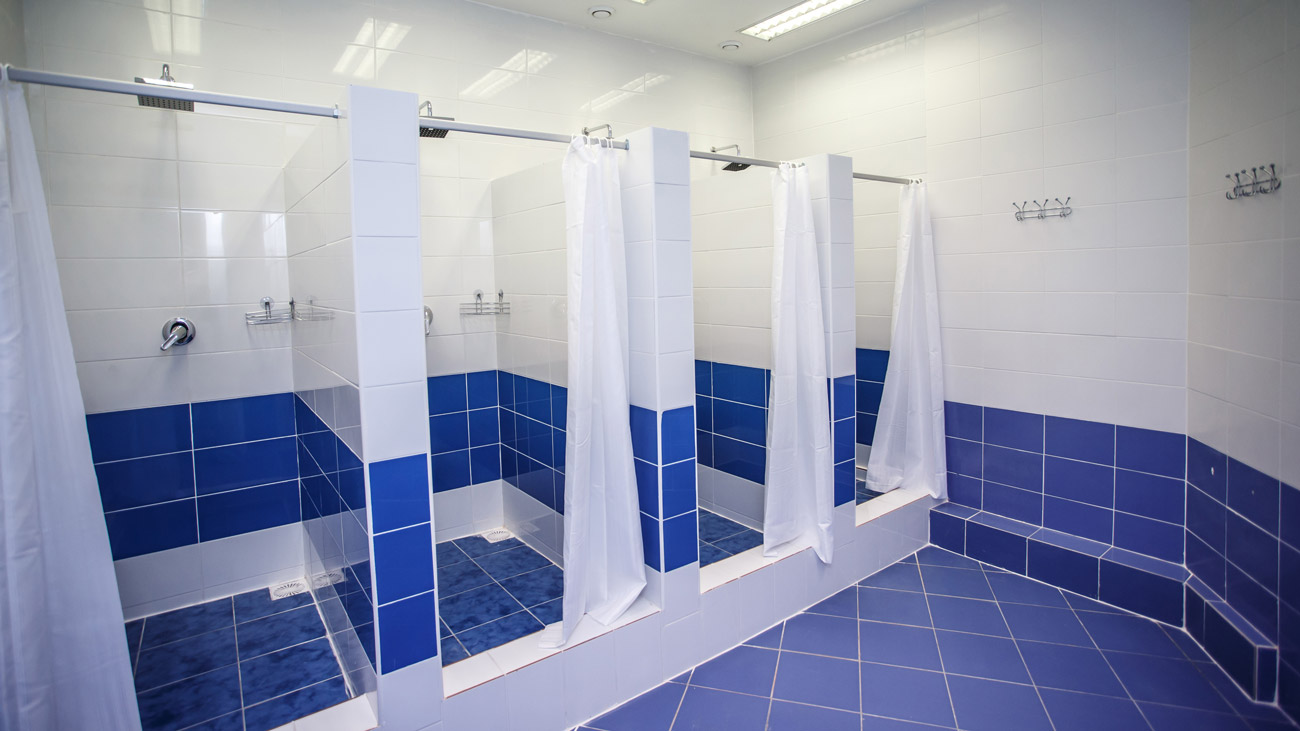
Legionnaires' Disease - symptoms are similar to COVID-19
Symptoms of Legionnaires' Disease (a form of atypical pneumonia caused by Legionella bacteria) include a cough, shortness of breath and high fever – which are similar to those of COVID-19, it has been revealed.
Domestic and commercial water systems are designed to combat the microbes and bacteria that thrive in tepid water, but the systems rely on hot water being stored over 60 degrees and all hot and cold taps being used regularly.
At the end of last year there was a significant outbreak of Legionnaires' Disease in the West Midlands, prompting experts to remind facilities managers about taking precautions.
Stuart Gizzi, Managing Director at plumbing equipment manufacturer Intatec says:
“It’s upsetting to learn that people are getting ill from Legionella when it is so very easily preventable. The early symptoms are similar to COVID-19, so for anyone suffering from it, there’s an extra worry. It’s a serious disease that has a 10% fatality rate.
“We don’t know the circumstances around the West Bromwich outbreak, and Dr Adrian Philips, Consultant in Communicable Disease Control at the Public Health England Midlands Health Protection Team has said they don’t currently have a direct link between the cases, but the evidence they have points to the possibility that there is a common source.
“Legionella thrives at around 20-45°C and can occur when taps and showers have been left unused for a considerable period of time, which means washrooms in empty offices are particularly vulnerable after lockdown. Ideally, caretakers or building managers should really have been running every tap every few weeks, which depending on the size of the building, can be a pretty big job. But there are products that automate the process.
“Being the first person to use a long-turned-off tap can be risky, but it really shouldn’t be. Building and facilities managers should take recommissioning buildings seriously and take care of themselves when they’re doing it.”
HSE guidance suggests the following.
Hot and cold-water systems
There are various systems available to supply hot and cold water services that range in size, scale and complexity. All can present foreseeable risk of exposure to legionella. Temperature control is the traditional strategy for reducing the risk of legionella in hot and cold water systems. Cold water systems should be maintained, where possible, at a temperature below 20°C. Hot water should be stored at least at 60°C and distributed so that it reaches a temperature of 50°C (55°C in healthcare premises) within one minute at the outlets.
Before assessing the risks associated with these systems, you need to understand the type of system, its constituent parts and operation. In most cases, a simple risk assessment may show that the risks are low and are being properly managed and no further action may be required.
Scalding
There is a risk of scalding where water comes out of taps at temperatures above 44°C. In certain facilities e.g. care homes, this is especially so for whole-body immersion in baths and showers of vulnerable patients, the very young, elderly people, and people with disabilities or those with sensory loss who may not be able to recognise high temperatures and respond quickly.
You have a legal duty to assess the risk of scalding and to adopt appropriate measures to control it. Your approach will depend on the needs and capabilities of patients or residents. For most people, the scalding risk is minimal where water is delivered up to 50°C at hand-wash basins and a hot water warning notice may be sufficient. However, where vulnerable people can get access to baths or showers and the scalding risk is considered significant, the fitting of thermostatic mixing valve (TMV) Type 3 is required to prevent water being discharged at more than 44°C.
For further detail and access to the relevant documents click here.




